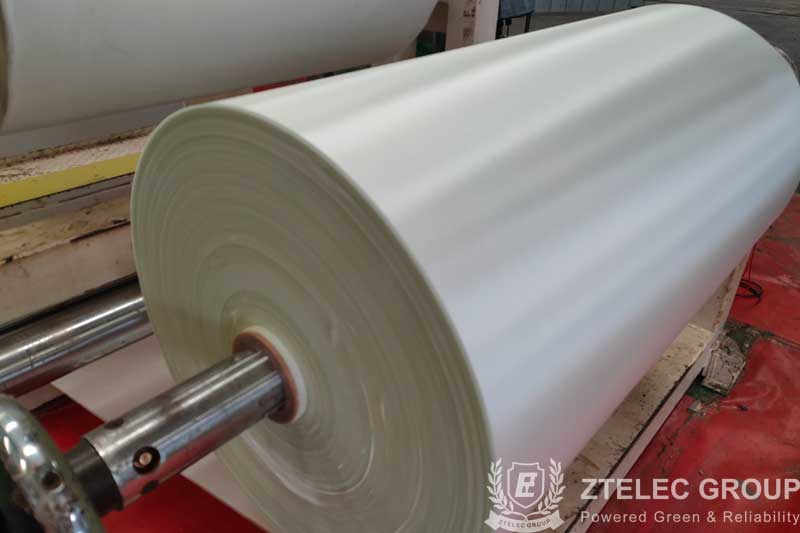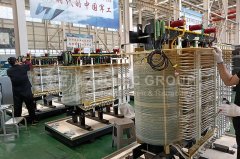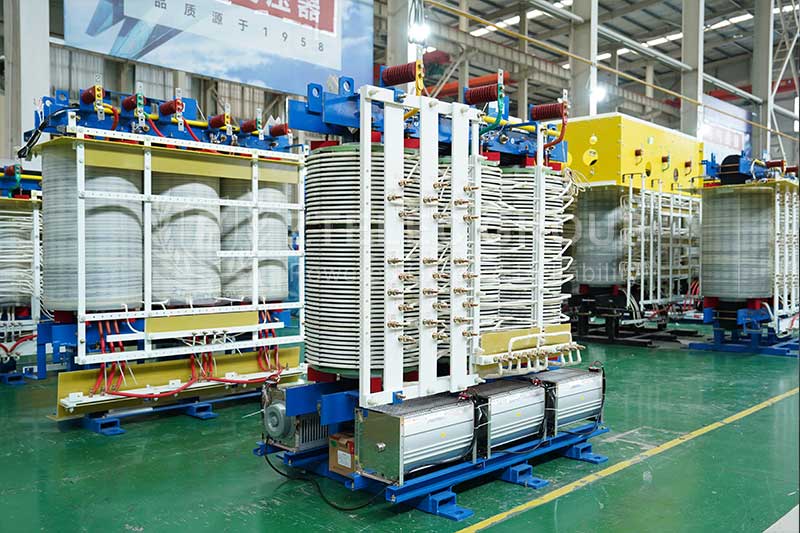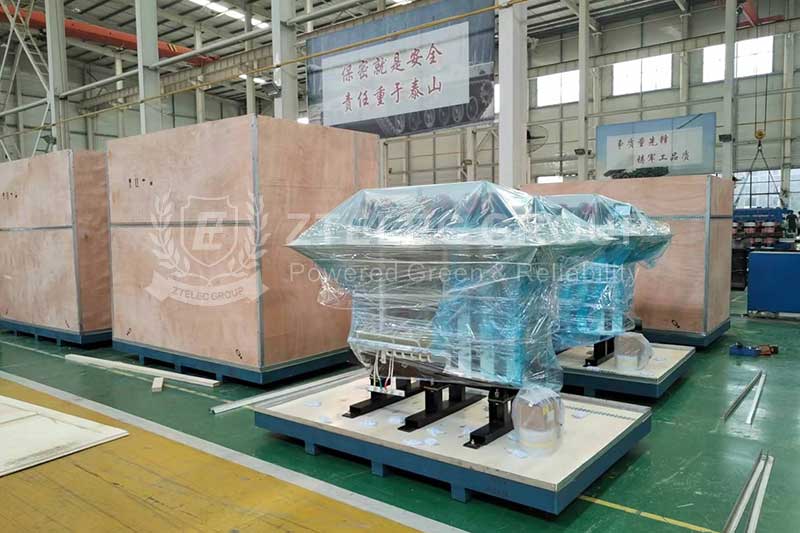What is electronic grade fiberglass fabric?
Electronic grade glass fiber cloth, also known as electronic glass fiber, is the key basic source material for electronic information, aerospace and other industries. It appears in almost every kind of electronic components, and is widely used in various fields of national economy and national defense industry. Electronic glass fiber cloth (short for electronic cloth) woven by electronic glass fiber is an essential basic material for copper clad plate (CCL) and printed circuit board (PCB) industry. Its performance largely determines the electrical, mechanical, dimensional stability and other important properties of CCL and PCB.
Properties and applications of electronic grade glass fiber cloth
Electronic grade glass fiber cloth has good electrical insulation performance, fire retardant, waterproof, aging resistance, weather resistance, high strength, high modulus and so on. It is widely used to make epoxy copper clad plates, electrical insulation products, printed circuit boards, fireproof boards, insulation boards, and aviation, military industry, etc.

New varieties and new technologies of fiberglass fabrics:
1. Low dielectric glass fiber cloth
2. High dielectric glass fiber cloth
3. Ultraviolet shielding fiberglass cloth
4. Ultra-thin glass fiber cloth and 0.3mm ultra-thin quartz fiber cloth
5. Fiber opener and wool raiser
6. Burnt cloth
7. Glass fiber cloth for high TG copper clad panels
- more+releated article
- 2025-04-23Revealing the Advantages of Dry-Type Rectifier
- 2025-04-22Phenolic paper sheet and phenolic cotton cloth
- 2025-04-22The Popularity of Dry-Type Transformers: Key R
- 2025-04-21FR5 vs. FR4 Epoxy Sheet: Which One Fits Your P
- 2025-04-21Dry-Type vs. Oil-Immersed Transformers: A Comp
- 2025-04-19Losses in Oil-Immersed Power Transformers: Mec
- 2025-04-19Why Choose FR5 Epoxy Sheet for High-Temperatur
- 2025-04-18Key points of oil-immersed transformer mainten
- 2025-04-18Lebanese Customers visit Zhongtian Electrical
- 2025-04-18The Features and Diverse Applications of FR5 E





